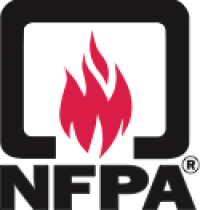December 13, 2012 – National Fire Protection Association (NFPA) recently updated its award-winning Learn Not to Burn (LNTB) preschool program, which teaches young children about fire safety
Updates to LNTB feature revised teacher lesson plans and parent/caregiver home link activities. Also, the program’s songs, which were originally recorded by Jim Post, now include singer and musician, Dante Ware, who’s joined Jim in singing and performing many of the songs.
“The music is still as fun and engaging as it has always been, but has an updated feel that connects with children,” said Sharon Gamache, NFPA’s program director of Public Education.
For more than 40 years, LNTB has introduced the basics of fire safety to children, with a focus on positive, empowering messages. Those core elements will remain the same.
“Because children ages five and under are among those at greatest risk to fire, it’s critical to teach them how to identify risks and protect themselves,” said Gamache. “Kids are also wonderful ambassadors of information and do a great job of bringing home the fire safety messages they’ve learned, which can make a significant impact on entire households.”
Primarily taught in schools, LNTB’s program lessons are most appropriate for four- and five-year-olds, but can be used for Kindergarten children, too.
Released one at a time, the updated LNTB lesson plans and songs will be free to download on NFPA’s website. For more information about LNTB and other public safety initiatives, visit www.nfpa.org/education.
About the National Fire Protection Association (NFPA)
NFPA is a worldwide leader in fire, electrical, building, and life safety. The mission of the international nonprofit organization founded in 1896 is to reduce the worldwide burden of fire and other hazards on the quality of life by providing and advocating consensus codes and standards, research, training, and education. NFPA develops more than 300 codes and standards to minimize the possibility and effects of fire and other hazards. All NFPA codes and standards can be viewed at no cost at www.nfpa.org/freeaccess.











